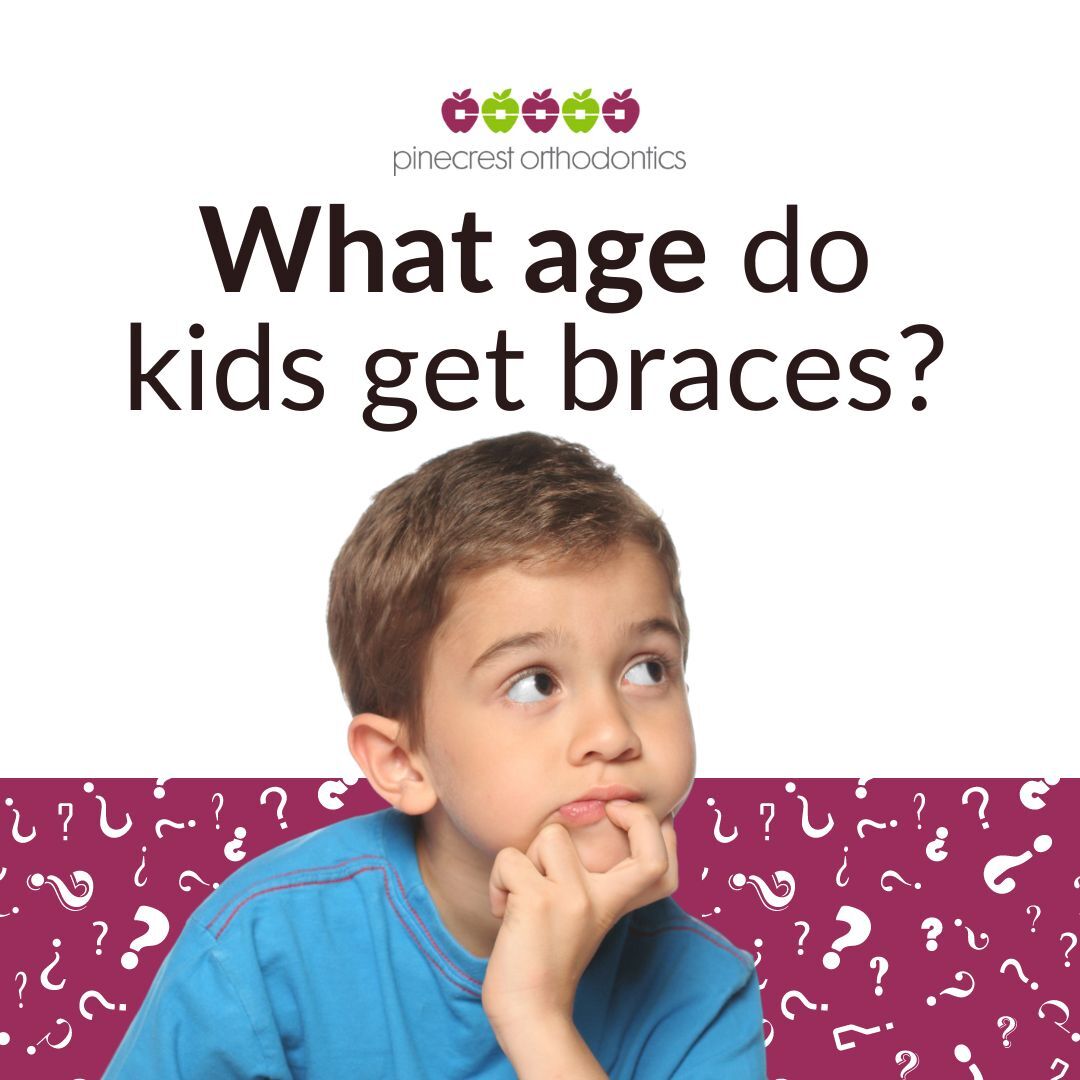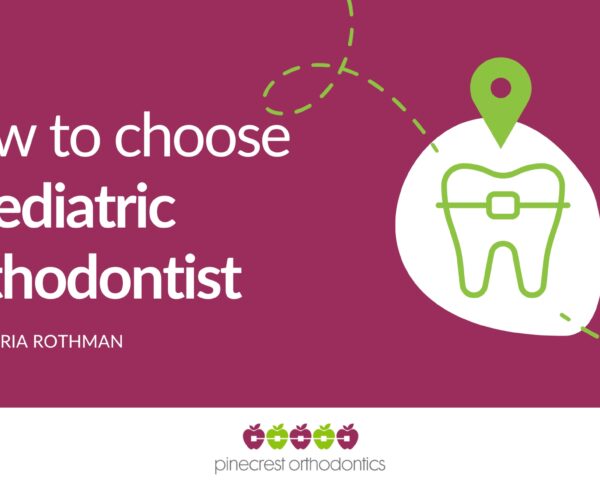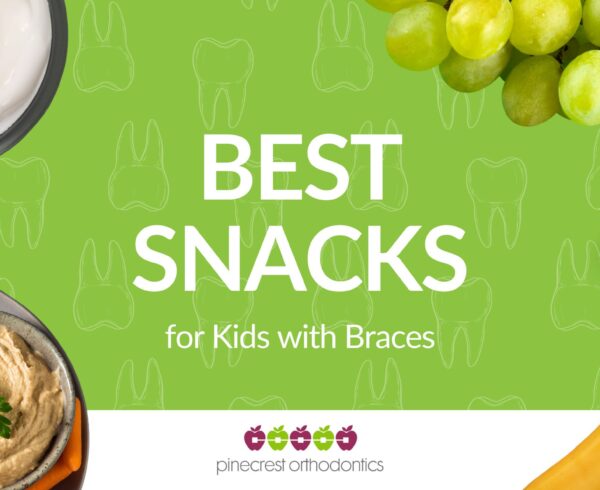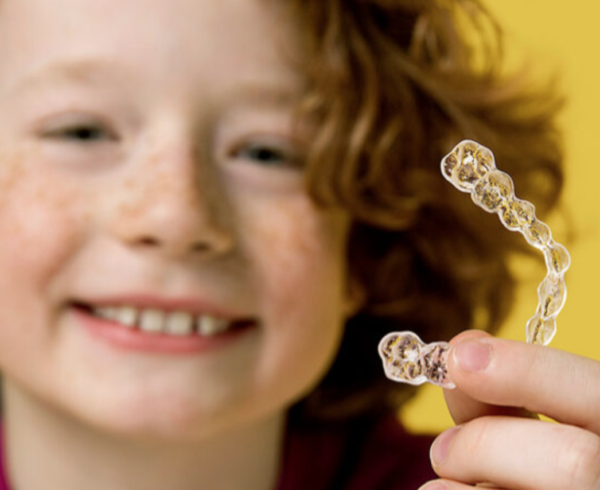When considering orthodontic treatment for your child, it's essential to choose a trusted and experienced provider. At Pinecrest Orthodontics in Miami, we pride ourselves on delivering top-notch care tailored to the needs of our community in Pinecrest, South Miami, Cutler Bay, and Homestead.
Led by Dr. Victoria Rothman, our team combines advanced orthodontic technologies with a personalized approach to create beautiful, confident smiles. We understand that deciding at what age your child should get braces is a significant decision, and we're here to guide you every step of the way.
Understanding the Ideal Age for Braces
The American Association of Orthodontists recommends that children have their first orthodontic evaluation by the age of 7. At this age, a child typically has a mix of baby teeth and permanent teeth, which allows orthodontists to identify and address potential issues early on.
Early Evaluation: Ages 6-7
An early orthodontic evaluation doesn't necessarily mean your child will need braces right away. Instead, it helps identify any developing problems with jaw growth and emerging teeth. Early intervention can sometimes prevent more severe issues later, reducing the need for more invasive treatments.
The Most Common Age: 10-14
The majority of children who need braces get them between the ages of 10 and 14. During this period, most of the permanent teeth have come in, and the jaw is still growing. This growth allows orthodontists to easily guide teeth into their proper positions. Additionally, kids at this age are generally more receptive to wearing braces, and the treatment can be completed before high school.
Factors Influencing the Timing of Braces
Several factors influence when a child should get braces, including:
Dental Development: Each child's dental development is unique. Some may lose their baby teeth earlier or later than others, affecting the timing of orthodontic treatment.
Severity of Dental Issues: The complexity and severity of your child's dental issues will determine the appropriate age for braces. More severe cases might require earlier intervention.
Orthodontist's Assessment: Regular visits to the orthodontist will help track your child's dental development and decide the optimal time for braces.
Signs Your Child Might Need Braces
Identifying the need for braces can sometimes be straightforward.
Here are common signs that your child might benefit from orthodontic treatment:
- Crowded or overlapping teeth
- Difficulty chewing or biting
- Mouth breathing
- Early or late loss of baby teeth
- Thumb sucking after age 5
- Jaws that shift or make sounds
- Teeth that meet abnormally or not at all
If you notice any of these signs, it's a good idea to schedule a consultation with an orthodontist.

The Braces Journey: What to Expect
The American Association of Orthodontists recommends that children have their first orthodontic evaluation by the age of 7. At this age, a child typically has a mix of baby teeth and permanent teeth, which allows orthodontists to identify and address potential issues early on.
Step 1. Initial Consultation
Your child's first visit to Pinecrest Orthodontics will include a thorough examination by Dr. Rothman. This visit often involves taking X-rays and photographs to assess the positioning of the teeth and jaw. Dr. Rothman will then discuss her findings and recommend a treatment plan tailored to your child's needs.
Step 2. Braces Fitting
Once the decision is made to proceed with braces, the fitting process begins.
This typically involves:
Cleaning and Drying the Teeth: Ensuring the teeth are clean and dry is crucial for the braces to adhere properly.
Bonding the Brackets: Small brackets are glued to each tooth, which will hold the archwires in place.
Placing the Archwires: The archwires are threaded through the brackets and secured with elastic bands.
Step 3. Regular Adjustments
Throughout the treatment, your child will need to visit the orthodontist regularly for adjustments. These visits are essential to ensure the braces are working effectively and to make any necessary modifications.
Life with Braces
Living with braces requires some adjustments, particularly in terms of diet and oral hygiene. It's especially essential to avoid sticky, hard, or chewy foods like Sour Patch Kids.
They’ll also have to stay away from popcorn, nuts, hard candies, and chewing gum. Additionally, maintaining excellent oral hygiene is critical to prevent cavities and gum disease.
Understanding the Ideal Age for Braces
Orthodontic treatment offers numerous benefits beyond a beautiful smile.
These include:
Improved Oral Health: Straighter teeth are easier to clean, reducing the risk of cavities and gum disease.
Enhanced Self-Esteem: A straight, attractive smile can boost your child's confidence and self-esteem.
Better Functionality: Correcting bite issues can improve chewing, speaking, and overall dental function.
Why Choose Pinecrest Orthodontics?
At Pinecrest Orthodontics, we are committed to providing exceptional care in a friendly and professional environment.
Dr. Rothman's expertise, combined with our state-of-the-art technology, ensures your child receives the best possible treatment.
Our community-focused approach means we prioritize building lasting relationships with our patients and their families.

Call Us Today!
Ready to take the first step towards a beautiful, confident smile for your child? Contact Pinecrest Orthodontics today to schedule a consultation. Our team is here to answer your questions and guide you through the orthodontic journey.
Visit us at 12197 S. Dixie Highway, Pinecrest, FL 33156 or call us at 305-423-4130 to book an appointment. We look forward to welcoming you to our Pinecrest Orthodontics family!
By focusing on personalized care and advanced treatments, Pinecrest Orthodontics is dedicated to helping your child achieve a healthy, beautiful smile. Don’t wait—start your child’s journey to a perfect smile today!




